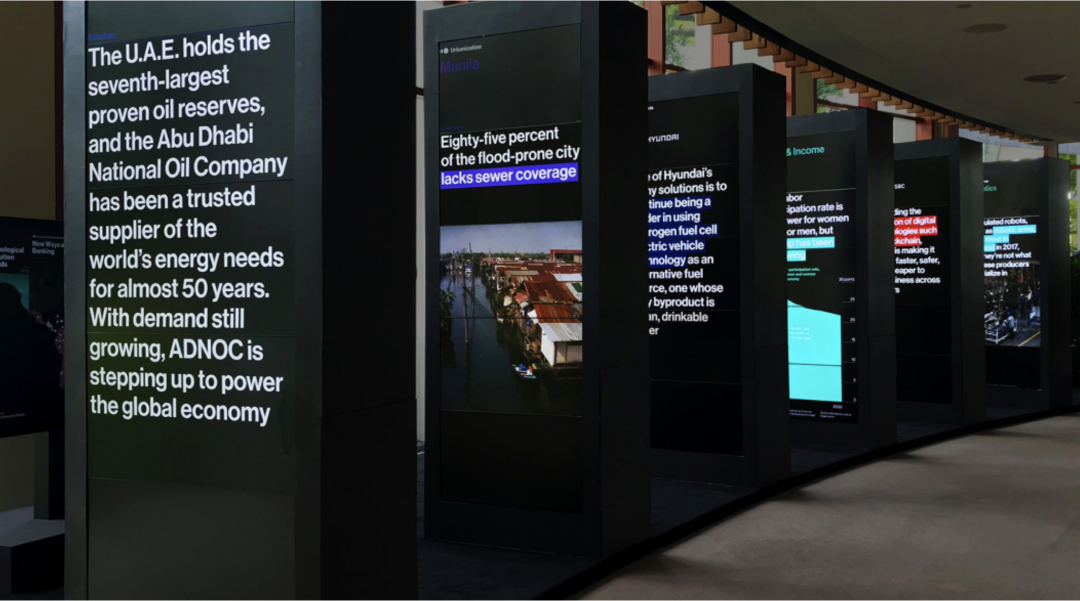
Web Application Development
The importance of design in Web Development

Design a web app that your user will love
Why nailing UX/UI design can make or break your web app?
Before we elaborate on this, let’s look at a quote by Jaguar Land Rover’s CEO. His brief explanation says more than a thousand words.

Let’s dive into the details. How will web design affect your brand?
Create a positive first impression — web design impacts how your audience perceives your brand. It is very often the very first impression of your brand the user will get.
Sure, the content and what you offer are what ultimately matters. All humans will, however, experience a subconscious reaction and judge the app in the first 20 seconds. For that reason, the look and feel of the web app should support its features and content. You want the user to feel confident that they are indeed in the right place that will cater to their needs right away.
Build trust with your audience and set your business apart from the competition — people don’t trust websites and apps that look outdated.
You also want them to feel like you are the best brand for them. Because of that, the design of your app has to express your brand’s mission and convey the feelings you want the user to have about your company.
Web applications and websites play an essential role in marketing communication and branding. While content is significant, the UX and UI design can be a dealbreaker within the first 20 seconds. The design will create the very first impression, be the first chance for a buy-in, and help you build customer trust. Hence, it cannot be overlooked.
Generate conversions — Let’s imagine the user likes your brand, they think you offer what they need, are trustworthy and, in general, the right brand for them. In short, they want to convert. While conversion goals come in different types and shapes– sign ups, purchases, referrals, what matters is supporting the user through the user journey ending with that goal. That is where the design can, once again, make or break your app.
Since we do not like to be empty-worded, we will reference some great examples. Canva has user-tested and redesigned the first version of their product. Their redesigned onboarding process has increased the novice user experience for hundreds of thousands of people. As a result, Canva has grown to more than 10 million users in just over two years! Read the full case study here.
.png)
Retain customers — What we want is to make the customer stay. We want high user retention and brand loyalty. Here, once again, a user-centered design is crucial.
While popular apps such as Facebook, Instagram, Twitter, or Tinder, can rest assured cause people will keep on using them no matter what , other apps do not have it that easy. Research by Loyalitics shows that as much as 21% of users can abandon the app after using it just once! Statista calculated that 66% of users drop off within the first month of using the app. The average three-month user retention stood at 29%.

So what can you do to be within the one-third of apps people hold on to?
Optimize the onboarding experience — since the first use is also the first major drop-off point, the onboarding experience has to be spot-on! You can refer to our article, where we describe web apps that do it well and share some insights from their product teams!
Perfect your navigation — smoothly progressing through the user journey is crucial not only for gaining but also for retaining customers. Make sure that the information architecture is logical for your target users and uses their language. Keep the navigation and interactions simple: it is best to stick to conventions that will be familiar to your users.
Integrate analytics early — following the fail early, fail cheap rule, you can incorporate analytic already in your app’s prototype. Use it as an ongoing process to refine and benchmark the UX of your app (we will talk more about benchmarking in the next section).
Which tools should you use? What metrics should you track? We found that, while Google Analytics’ data about bounce rates, audience, behaviors, and conversions is a good starting point and a good benchmark, you will need more than that.
Detailed data such as move, click and scroll heatmaps, funnels, and, most importantly, session recordings, will give you a lot of insights into your users and how they interact with your app, guiding necessary improvements. We are currently using Hotjar for that purpose, and we are extremely happy with this solution. We track, we assess, we improve.

Test with users regularly — while analytics can tell you a lot, nothing is more effective in finding usability issues than a user study. Testing with as few as five users will help you uncover around 85% of all usability issues as explained by UX gurus Nielsen and Norman themselves. What is more, user testing will help you replace “I think..” with “I observed and I know how to fix it”, get rid of design assumptions, and see your business grow.
While our team has experience with and can moderate in-person user testing, we have recently started exploring remote testing possibilities as well. In general both of these solutions have their advantages and disadvantages. Looking at the times we currently live in, however, using remote testing tools might be the right solution. We have, so far, used UserTesting and we are stunned by how good it is! It guides you through and gives you tips on setting up a user study, allowing even less experienced testers to facilitate one.
Does testing actually work?
Just take a look at Evernote’s success story. Evernote launched intuitive, helpful features based on the results of a user study and observed a 15% increase in user retention across multiple devices.

How to design your app successfully?
Now that you know why you should pay attention to designing your app with users in mind, let’s dive into some details regarding the product design process itself.
At Apptension, we follow a proven process which allows us to design apps that win people’s hearts. You can benefit from our experience as well—we’ve created a step-by-step recipe for designing apps based on users’ real needs. Replicate these steps to build a successful web app. For details, read the article below.
Other projects














